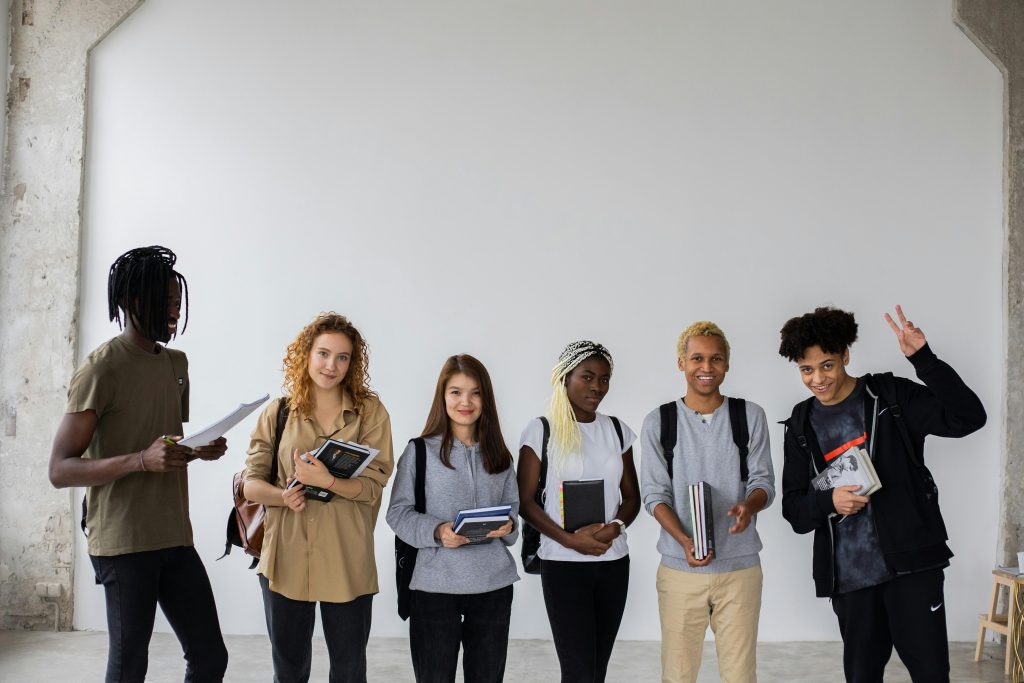
(Monstera Production, 2020.)
I think my big takeaway from our Hyperlinked Communities module is the idea that there is no limit to the ways that programming can support inclusivity, especially when it comes to welcoming underrepresented groups. Christian Lauersen’s “UX in Libraries Conference” keynote speech gave me a lot to think about, including this:
Conclusion: The US library workforce don’t reflect the diversity of the nation. And it is the same picture in most western countries and the obvious problem is, that a uniform white library workforce is most likely not to create diverse and inclusive libraries to serve their communities because we think alike (para. 31).
In other words, if you don’t have staff that represents what your community looks like, you are unlikely to be able to offer programs and services that would speak best to users. And this is why I felt so impressed with the Madison Public Library’s Library Takeover series of programming. They offer the library and its resources up to underrepresented community groups several times a year so that they can create programs that those groups feel will benefit them! It has resulted in so many cool events, like the Access Denied dance party that was put on by those who were used to feeling excluded from these places.
I thought about what this would look like at my workplace – a college library where all but one of the employees is over 30 and are mostly white and heterosexual. We are likely missing out on being able to devise programs that appeal to all students, and it could be worthwhile to invite student groups to create some events that speak to them directly. This would help them to feel more welcome, and to see the library as theirs. Food for thought.
References:
Lauersen, C. (2018, June 6). Do you want to dance? Inclusion and belonging in libraries and beyond [speech text]. The Library Lab. https://christianlauersen.net/2018/06/07/inclusion-and-belonging-in-libraries-and-beyond/
Monstera Production. (2020). [Cheerful multiethnic students with notepads and textbooks together]. Pexels. https://www.pexels.com/photo/women-playing-connect-four-in-a-bar-3009788/

@terribeth Your reflections on the profession in response to Lauersen resonate with me. We so need to have folks in our libraries (all types of libraries) that reflect our communities and our diverse and complex world.
Thanks, @michael !
Hi Terri – I also really like the practice of audience-led programming. I work with State grant programs and think of what I’m doing as getting the people’s money to the people. I think it’s same with public libraries – audience-led programming gives folks ownership of public places (getting the people into the people’s spaces) and can be a great way to build public trust around institutions.
“getting the people’s money to the people”
That kind of blew my mind a little, Emily! You are so right — it’s their space, and we need to find ways to get them involved.